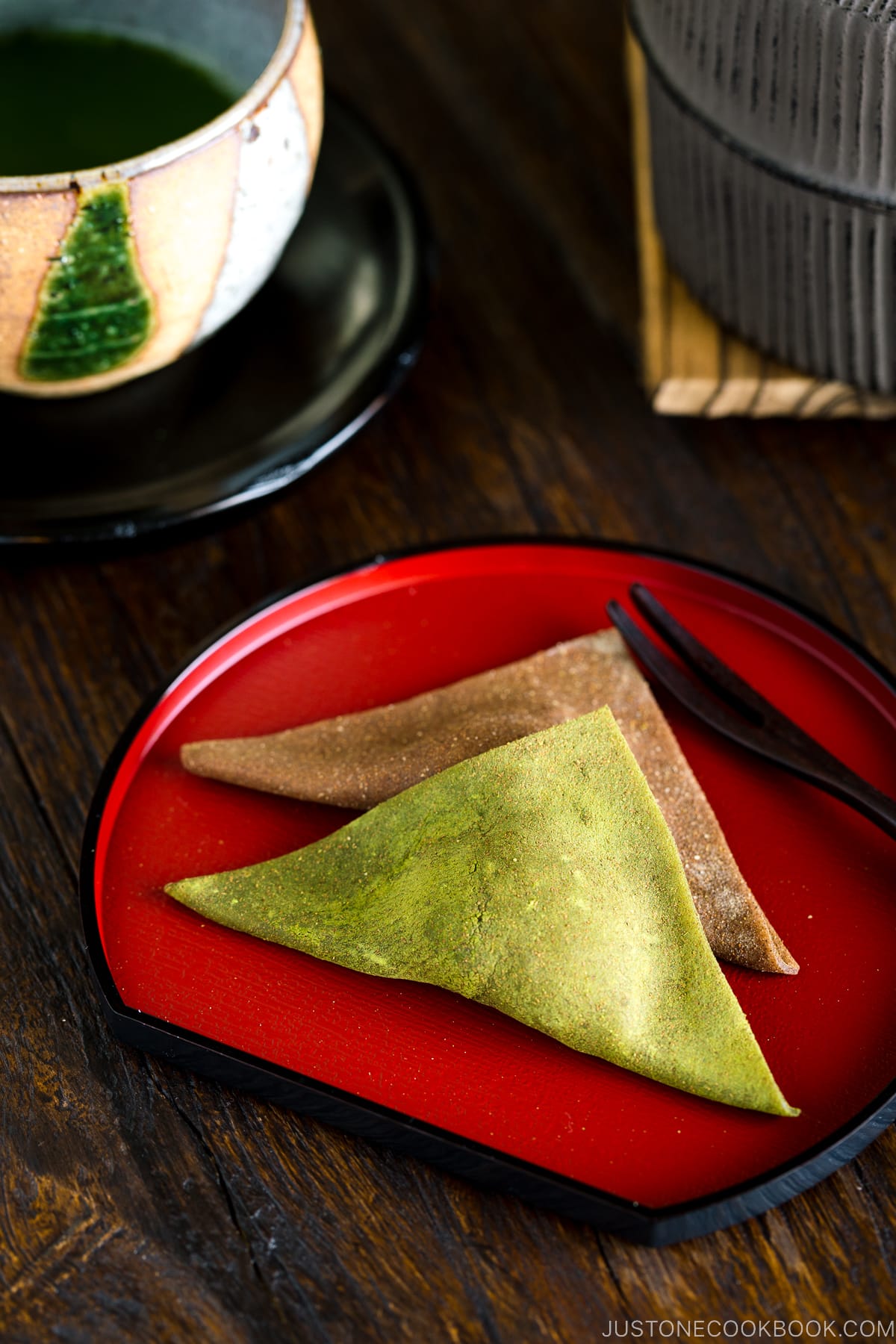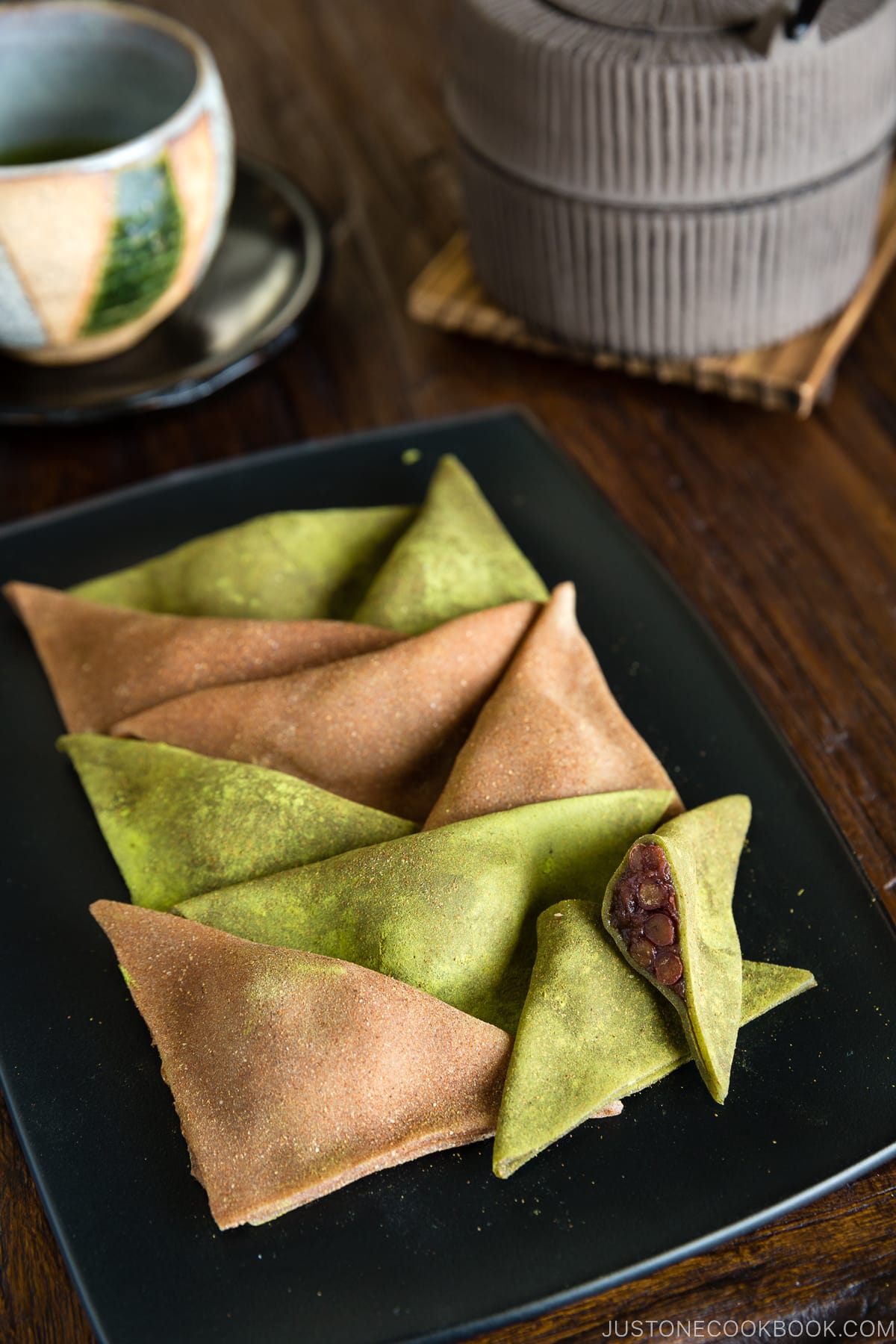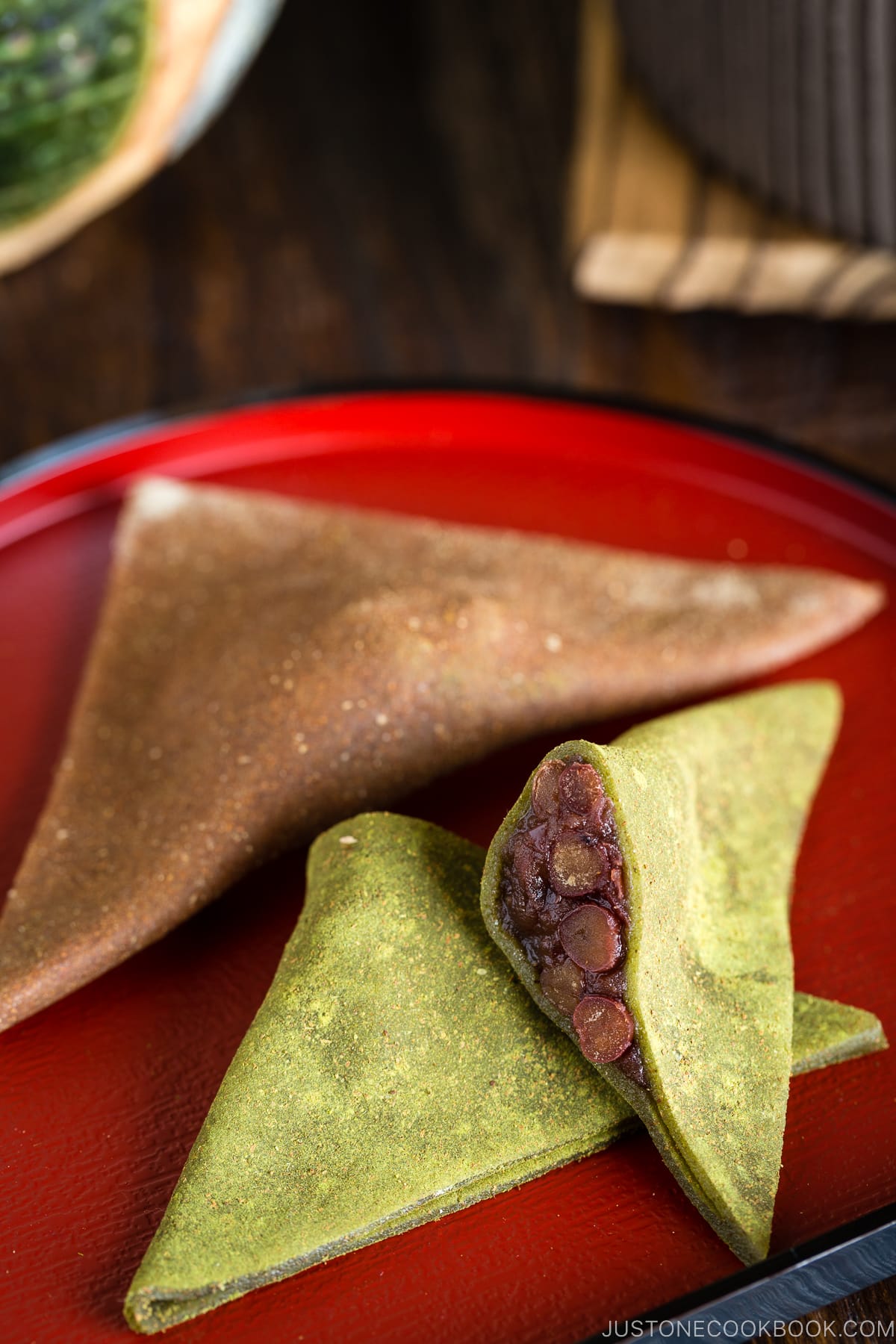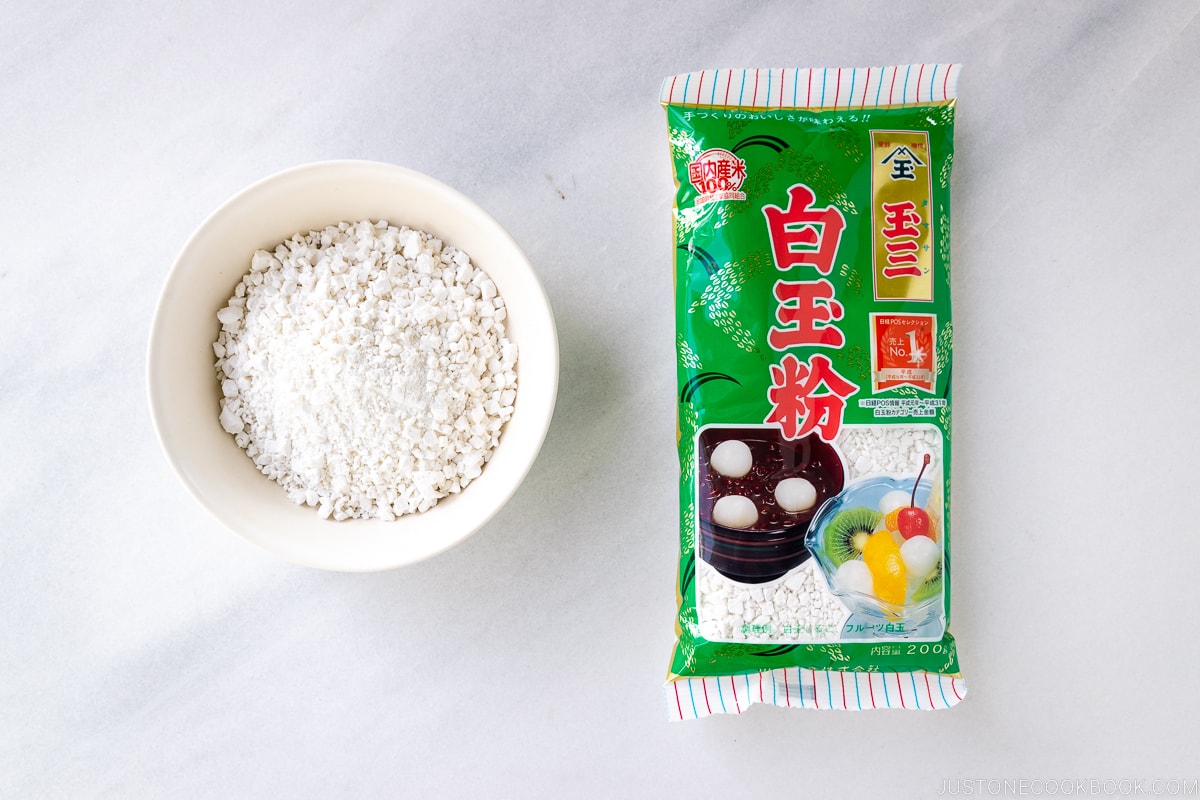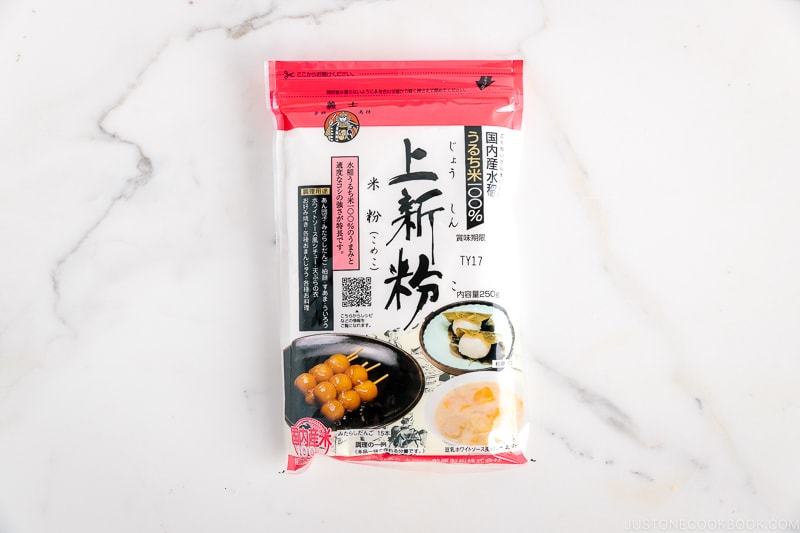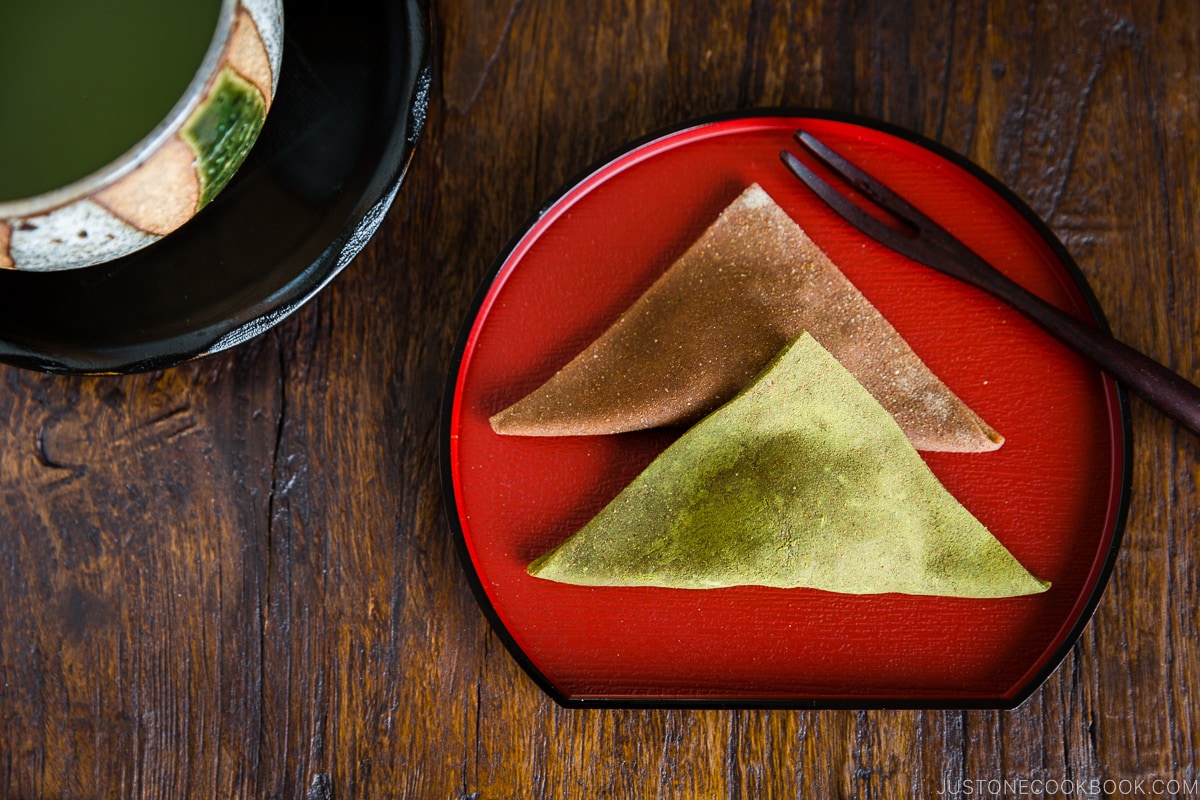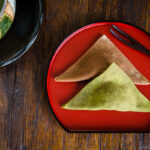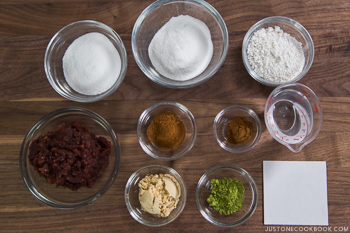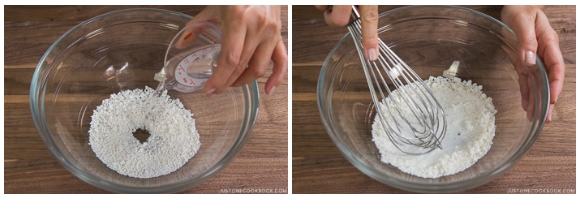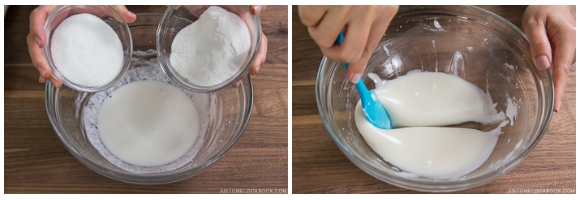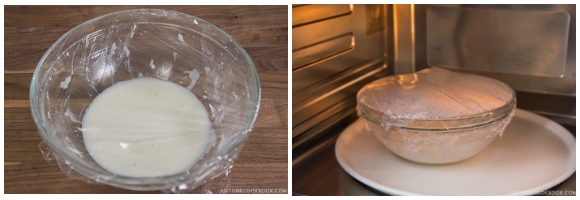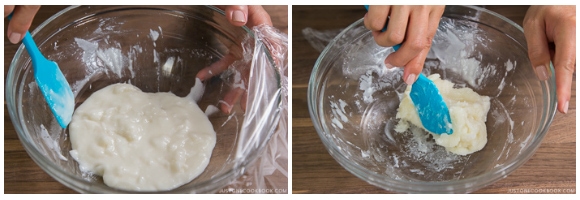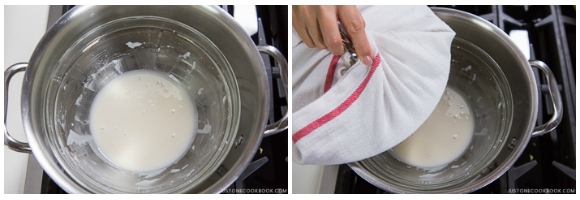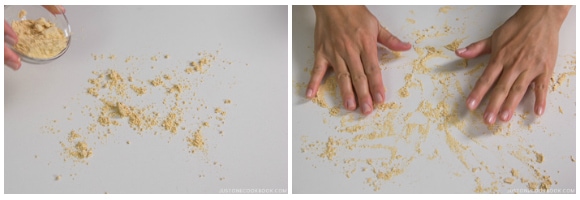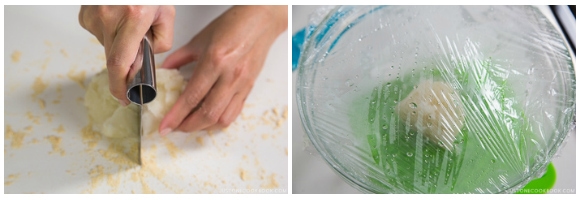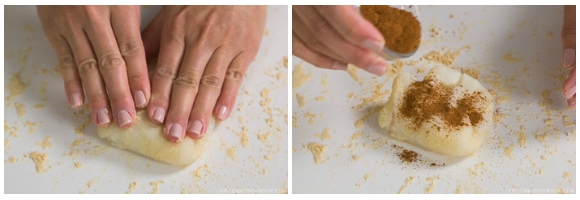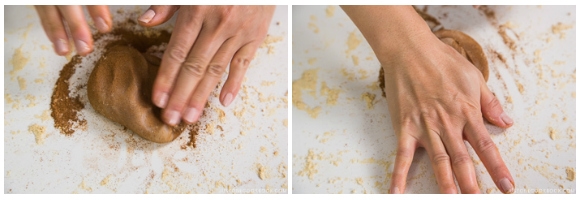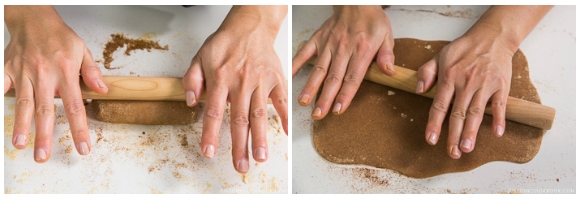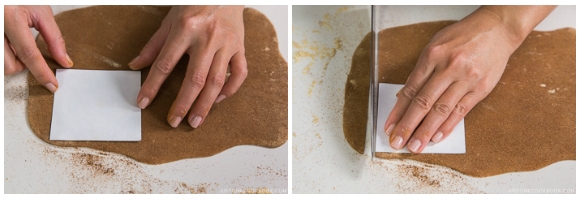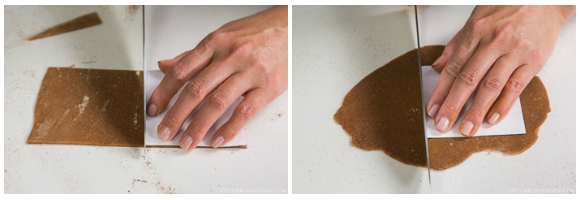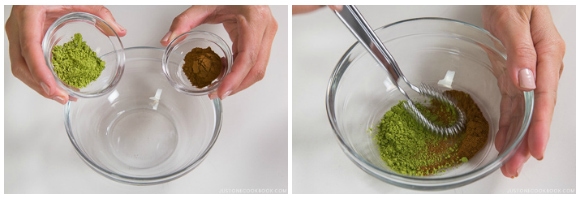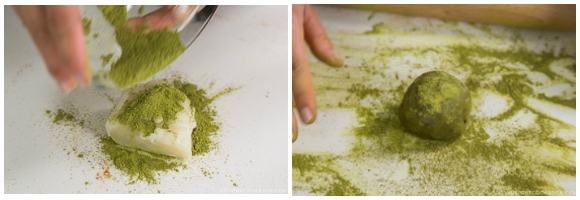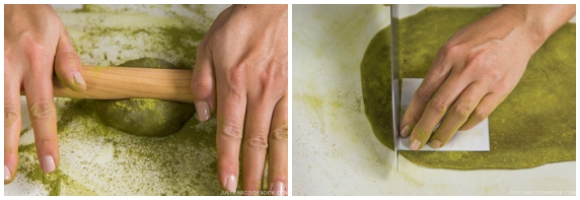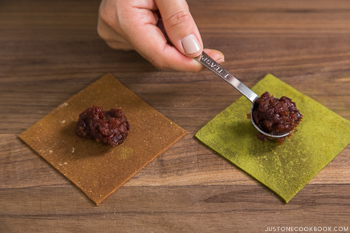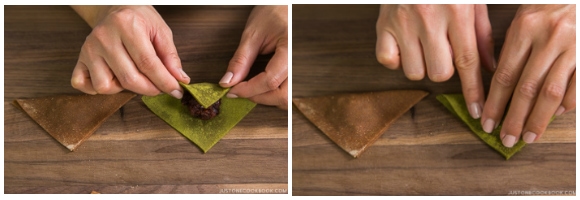When you visit Kyoto (京都) – one of the most beautiful cities in Japan with ancient temples, gorgeous Japanese gardens, serene rock display, and fabulous food, you should also try its popular confectionery, Yatsuhashi (八ツ橋). If you are not visiting Kyoto, no worries! I’m going to show you how to make it at home, so you can enjoy this delicious Japanese sweet without stepping foot in the city.
What Is Yatsuhashi?
Yatsuhashi (八ツ橋) is a Japanese confectionery that is made from rice flour, sugar, and cinnamon. When you’re in Kyoto, you’ll notice every souvenir shop sells them. It’s probably the most famous regional product from Kyoto. Since it’s a very well-known gift from the city, you can purchase it even at international airports in Japan.
Yatsuhashi Three Ways
This traditional sweet is made in 3 different ways; baked, unbaked, and unbaked with Red Bean Paste. When the mochi dough is flattened and baked until it gets hard, we simply call it Yatsuhashi. This is the most traditional type. The shape of the crackers is roundish and resembles a Japanese harp or a bamboo stalk cut in half lengthwise. The texture is very crispy and you may find it a bit hard to bite and break with your teeth. They usually come in cinnamon flavor, and you can smell and taste the intense cinnamon spice as you bite into the crackers. The unbaked version is called Nama Yatsuhashi (生八ツ橋). The steamed mochi is rolled out and cut into a small rectangular shape, and it is enjoyed as is. There are different flavors for Nama Yatsuhashi. The most common ones are cinnamon and matcha (green tea powder) flavors. Nama Yatsuhashi with Red Bean Paste (餡入り生八ツ橋) is the most popular kind these days. The square thin mochi is folded into a triangle and filled with red bean paste (tsubuan). Today I’m sharing this most popular recipe.
The Key Ingredients for Nama Yatsuhashi
The authentic version is made of 100% rice flour (米粉) – the flour made from short-grain Japanese rice (うるち米), not glutinous rice flour/sweet rice flour (もち米). The majority of homemade Yatsuhashi recipes online require both Joshinko (上新粉) and Shiratamako (白玉粉). Joshinko is a type of rice flour and its texture is very fine. When you cook it, it’s not as elastic/pliable as mochi made from glutinous rice flour. Shiratamako is a type of glutinous rice flour. Depending on the recipe, the ratio between these two flours could vary, and a lot of people use more Shiratamako than Joshinko. However, I used more Joshinko in this recipe to keep it closer to the authentic Yatsuhashi taste with 100% rice flour.
Where to Find Joshinko and Shiratamako
Joshinko Shiratamako
When you look for shiratamako at a Japanese grocery store, keep in mind that the texture of shiratamako is rather coarse, despite it being glutinous rice “flour”. Some pieces are as big as 1/8 inch (3 mm). In Asian grocery stores, you can find other Asian rice flour and glutinous rice flour. However, they are not made from Japanese short-grain rice. I’ve heard from my readers that the taste and texture of the final dish are not the same. Wish to learn more about Japanese cooking? Sign up for our free newsletter to receive cooking tips & recipe updates! And stay in touch with me on Facebook, Pinterest, YouTube, and Instagram.
